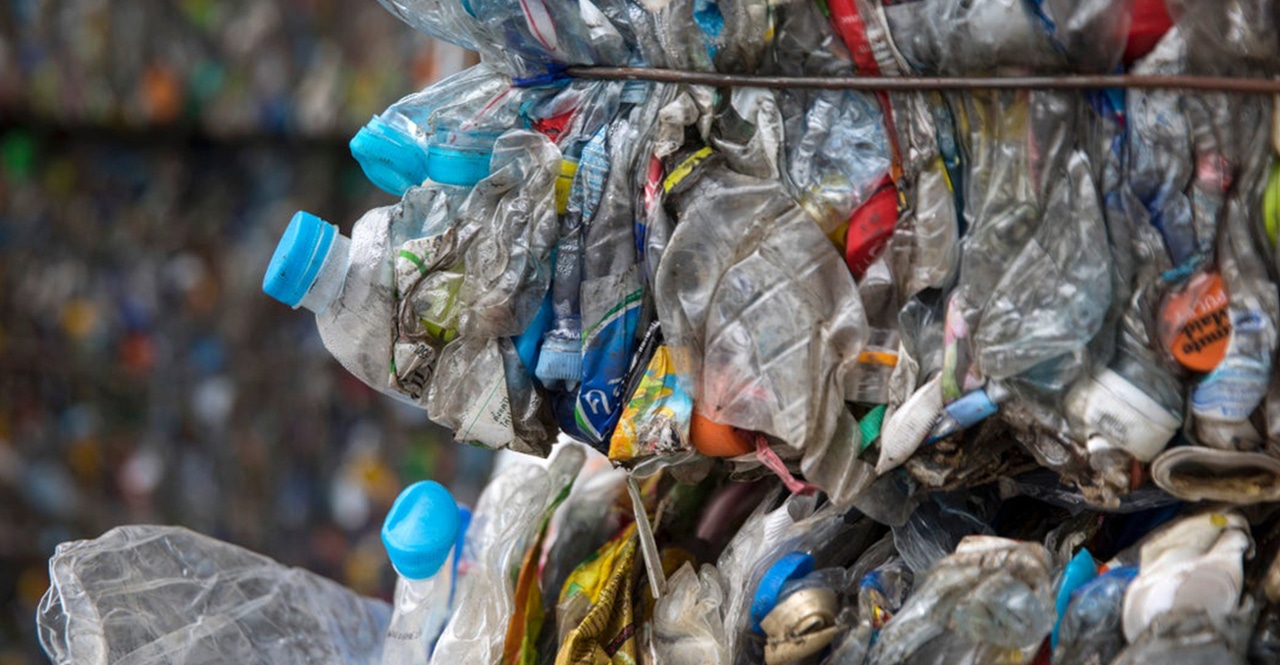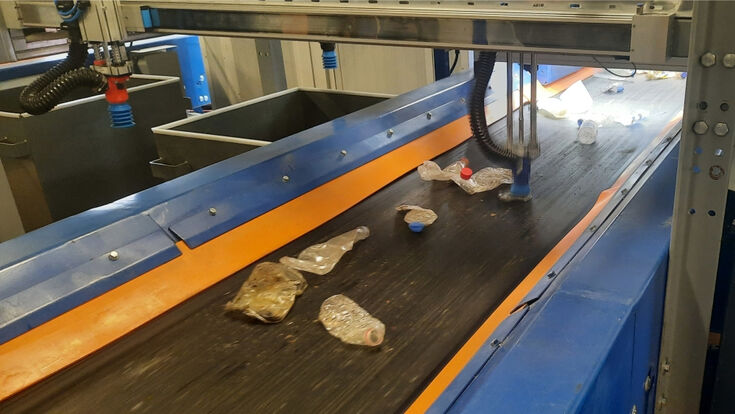Specialist Guidance on Reclaim Waste Liquid Waste Removal and Industrial Waste Water Treatment
Specialist Guidance on Reclaim Waste Liquid Waste Removal and Industrial Waste Water Treatment
Blog Article
Enhancing Environmental Sustainability With Strategic Liquid Waste Removal Solutions
In the world of ecological sustainability, the effective monitoring of fluid waste stands as a critical centerpiece in preserving our ecosystems and protecting public health. The complex web of challenges surrounding fluid waste disposal demands a strategic approach that exceeds conventional techniques. By discovering sustainable services customized to particular contexts, industries can not only reduce ecological injury however additionally unlock lasting advantages for their procedures. As we browse the complexities of fluid waste elimination in today's landscape, it ends up being progressively apparent that an aggressive position is vital. Let us start a journey to discover the transformative potential of calculated fluid waste monitoring methods in enhancing ecological sustainability.
Relevance of Liquid Waste Management

One of the essential reasons why fluid waste monitoring is essential is its straight influence on public health and wellness. Proper monitoring of liquid waste helps avoid these health hazards and makes certain the wellness of the populace.

Obstacles in Liquid Waste Disposal
Given the critical significance of proper liquid waste management in safeguarding public health and environmental health, it is essential to deal with the numerous challenges linked with fluid waste disposal techniques. One considerable difficulty is the lack of sufficient infrastructure for the collection, therapy, and disposal of fluid waste.
One more challenge is the presence of unsafe materials in liquid waste, including chemicals, hefty steels, and pathogens. Proper recognition and treatment of these dangerous components call for specific knowledge and tools, which might not always be conveniently offered. Additionally, the expense of carrying out safe disposal techniques can be expensive for some districts and markets, leading to non-compliance and more environmental damages.
Sustainable Fluid Waste Solutions
In the middle of the pressing requirement for effective fluid waste management approaches, the necessary of sustainable remedies emerges as a paramount worry for environmental conservation and public health. Lasting fluid waste services incorporate a variety of cutting-edge innovations and techniques targeted at minimizing the environmental effect of garbage disposal. One key technique is the implementation of innovative treatment processes that advertise the safe and effective removal of pollutants from fluid waste streams. Additionally, the adoption of round economy concepts, such as waste-to-energy initiatives and source healing programs, can help reduce waste generation and make the most of the use of beneficial resources.
In addition, lasting fluid waste remedies focus on the preservation of water sources with the application of water recycling and reuse methods. By dealing with and repurposing wastewater for non-potable applications like irrigation or industrial processes, these solutions add to water preservation initiatives and minimize the stress on freshwater sources. Overall, the integration of lasting fluid waste options not only supports environmental sustainability yet additionally promotes a healthier and more resilient culture for future generations.
Benefits of Strategic Removal Practices
Purposefully applied elimination practices play a vital duty in enhancing fluid waste administration systems for environmental sustainability and public health why not look here security. By taking on calculated elimination methods, companies can significantly reduce the ecological impact of liquid waste site disposal. Among the essential advantages is the reduction of damaging contaminants going into water bodies, which helps in maintaining aquatic communities and guarding alcohol consumption water sources - Liquid waste removal. Strategic removal techniques also add to mitigating the dangers of dirt contamination, which can have durable effects on agricultural efficiency and biodiversity.
In addition, these techniques advertise source healing by allowing the extraction of valuable materials from fluid waste streams. In addition, strategic elimination methods can improve operational efficiency and cost-effectiveness by streamlining waste monitoring procedures and enhancing resource allocation.
Implementing Reliable Ecological Methods
Reliable implementation of ecological methods is critical in achieving lasting fluid waste management techniques. To start with, business must perform detailed environmental analyses to determine possible threats and effects related to their fluid waste disposal procedures. By comprehending the environmental effects of their operations, companies can establish targeted approaches to lessen harm to ecological communities and public health and wellness.
Furthermore, applying effective ecological techniques entails setting clear objectives and goals for fluid waste administration - Industrial waste water treatment. These goals must specify, quantifiable, achievable, pertinent, and time-bound (WISE) to make certain accountability and track progression towards sustainability targets. Business can additionally leverage innovation and innovation to enhance fluid waste treatment processes, lower resource usage, and improve total efficiency
Partnership with regulative agencies, stakeholders, and environmental experts is an additional vital facet of successful approach application. By engaging with exterior companions, organizations can acquire useful understandings, access resources, and guarantee conformity with ecological regulations and regulations. Overall, a critical and proactive method to environmental administration is crucial for mitigating environmental risks and promoting long-lasting sustainability in liquid waste removal practices.
Conclusion
Finally, strategic liquid a knockout post waste removal options play a crucial role in boosting ecological sustainability. By addressing the obstacles in fluid garbage disposal and carrying out lasting methods, we can decrease the negative effect on the setting - Reclaim Waste. It is important to focus on reliable environmental techniques to ensure the long-term wellness and wellness of our planet
By implementing reliable waste administration practices, such as proper collection, therapy, and disposal techniques, the risks connected with fluid waste can be dramatically minimized.
Given the crucial importance of correct liquid waste monitoring in securing public health and ecological wellness, it is essential to resolve the many challenges associated with fluid waste disposal practices. Lasting liquid waste remedies encompass a range of cutting-edge innovations and techniques intended at decreasing the environmental influence of waste disposal.Strategically applied elimination techniques play an essential function in enhancing fluid waste administration systems for environmental sustainability and public health defense. Generally, a critical and aggressive approach to environmental monitoring is vital for alleviating environmental threats and advertising lasting sustainability in fluid waste removal techniques.
Report this page